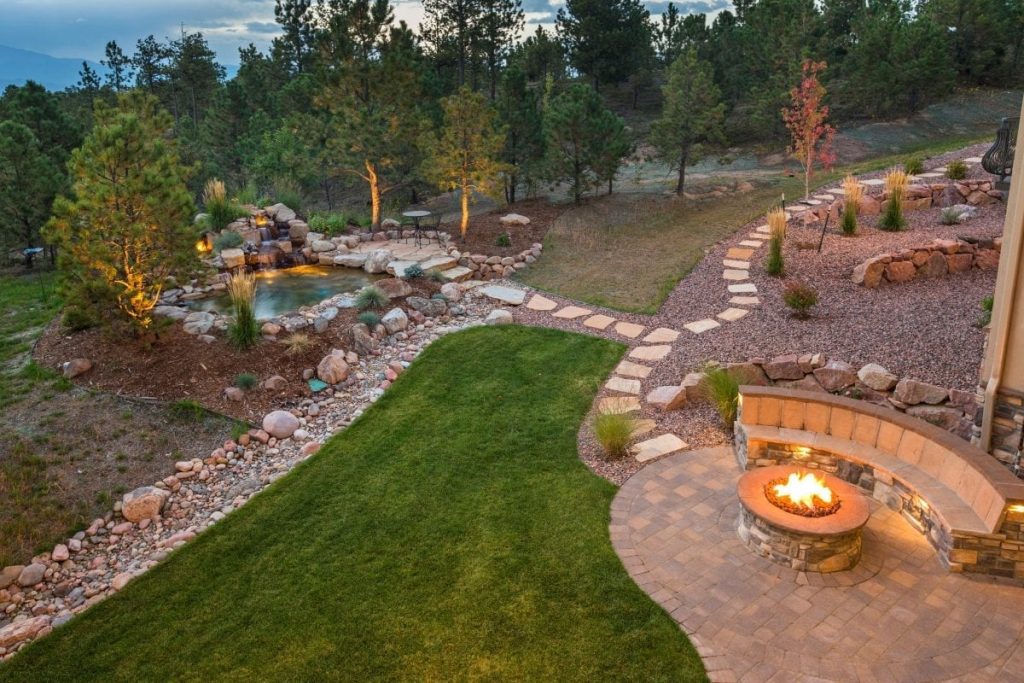
With the ubiquity of gardening centres, grocery stores and corner stores that sell plants, it can be very easy to buy a load of plants without having any idea how they’ll work within your landscape. However, putting in a bit of thought before spending a bunch of money can result in a much more cohesive and pleasing effect. In this article we’ll discuss four important things to consider when planning your landscape design.
Determine How It Will Be Used
A space used as a play area for children and pets will look very different than a space designed to grow vegetables or a calming meditation environment. There’s no reason why the space you’re working with can’t accommodate all of the above, but understanding how it will be used is key to getting the balance right. Before breaking any ground it’s important to determine how your space will be used.
Understand Your Microclimates
Different areas of your landscape will receive varying amounts of sunlight, moisture and wind. Identifying these areas will lead to greater success when it comes to growing plants and installing hardscaping. Draw out a rough map of the space you’re working with and label the different microclimates it exhibits. This map can play a central role in choosing and placing the proper elements in your design process.
Think About The Environment
We all have a role to play when it comes to protecting the environment and the way you plan your landscape design can have a bigger impact than many other decisions we make in our lives. It’s easier than it’s ever been to educate yourself about resource efficient landscape design. Proper planning can change a resource intensive landscape into one that uses water, light and energy much more efficiently.
Consider The Future
Again, the popularity of gardening centres and stores that casually sell plants, shrubs and trees can lead to impulse buys. This can result in not enough thought being put into what these plants will look like 10 or 20 years down the road. Think ahead to how large they can grow and the amount of maintenance they will require. What starts off as a small shrub could grow massive roots that eventually interfere with your plumbing or house foundation. The thought of a fruit bearing tree may sound romantic until you end up with a load of rotting flesh that’s tracked throughout your yard and house every autumn.
